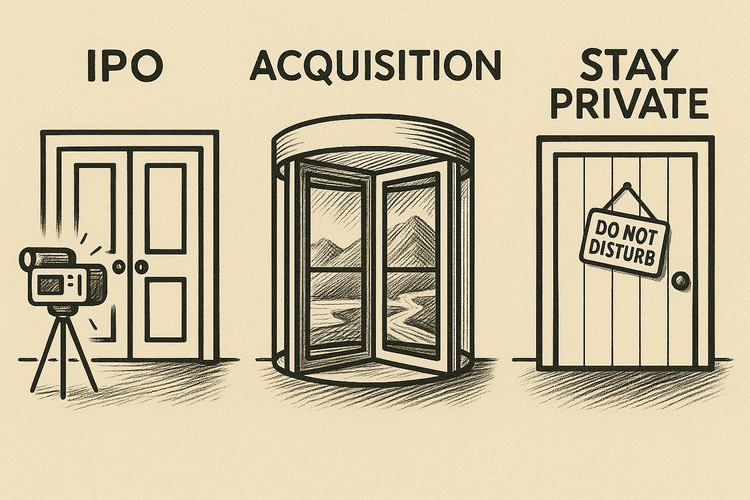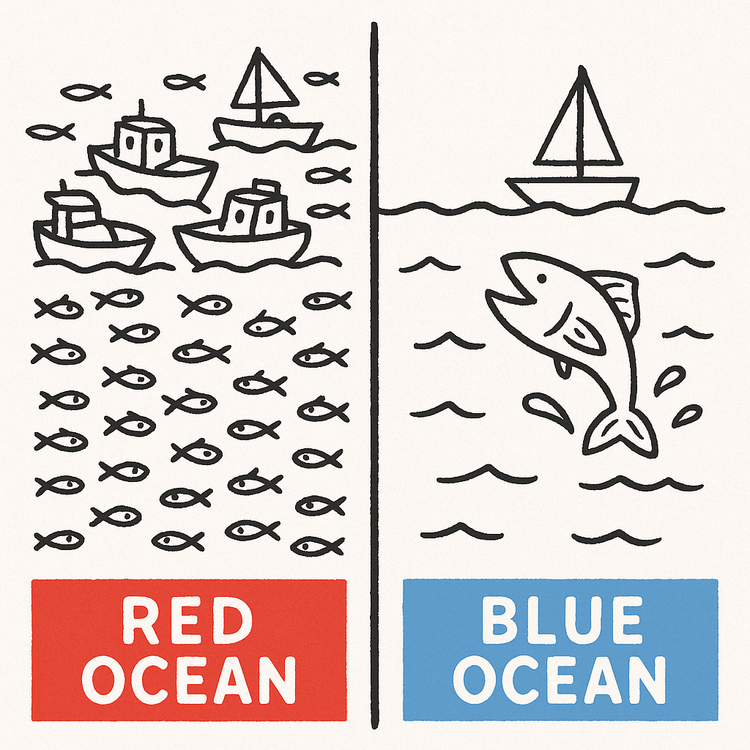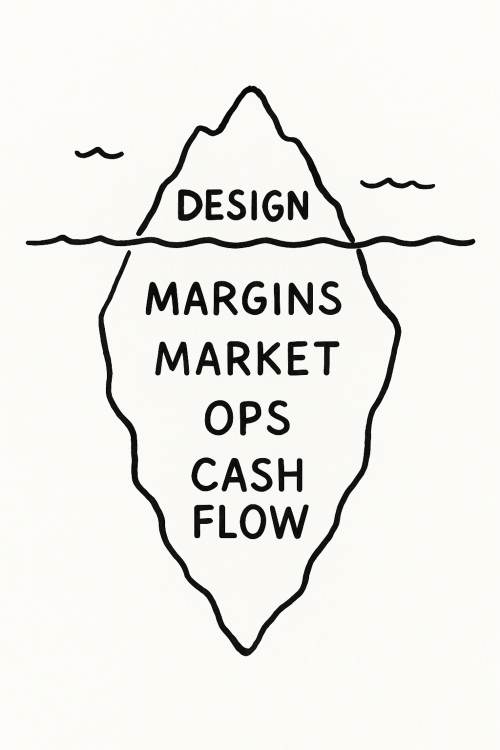Growth Strategy

Every company is faced with the same dilemma: how will we grow and expand our footprint in the market? Over time, they adopt a playbook for expanding reach, capturing new customers, and increasing value over time. These choices aren’t cosmetic. They shape everything: which customers you target, how you invest resources, what competitors you face, and what features are most important to develop and refine.
Growth strategy is not just a business concern; it’s the invisible current that carries your product forward. As a designer, you need to know which way the current is flowing.
Disruptive Strategy

A disruptive strategy focuses on making solutions simpler and more accessible than existing solutions. This strategy focuses on undercutting bloated incumbents by catering to users who feel overwhelmed by existing products. These users don't need every advanced feature, or care about fine-tuning every aspect of an output or a process. They are just looking for a straightforward, intuitive solution to a problem. For disruptive companies, their motto is, “We do less, but we do it better.”
Companies That Use the Disruptive Growth Strategy
- Robinhood
- Canva
- Mailchimp
- Zoom (early years)
Design Implications
- Extreme clarity and focus. Your goal isn't to chase every single feature that your competitors offer, or mimic how they do business. Rather, you have to cut away all the detritus that they have left in their wake and get back to the core of what really matters to your customers. Staying focused on that will prove harder than you would think.
- Outcomes over features. You must know the core outcomes people are buying your product for, and design the quickest, simplest path to reaching those outcomes while still being effective. This means you may have to ignore existing conventions in your industry, and you can't think in terms of the features that your competitors offer.


